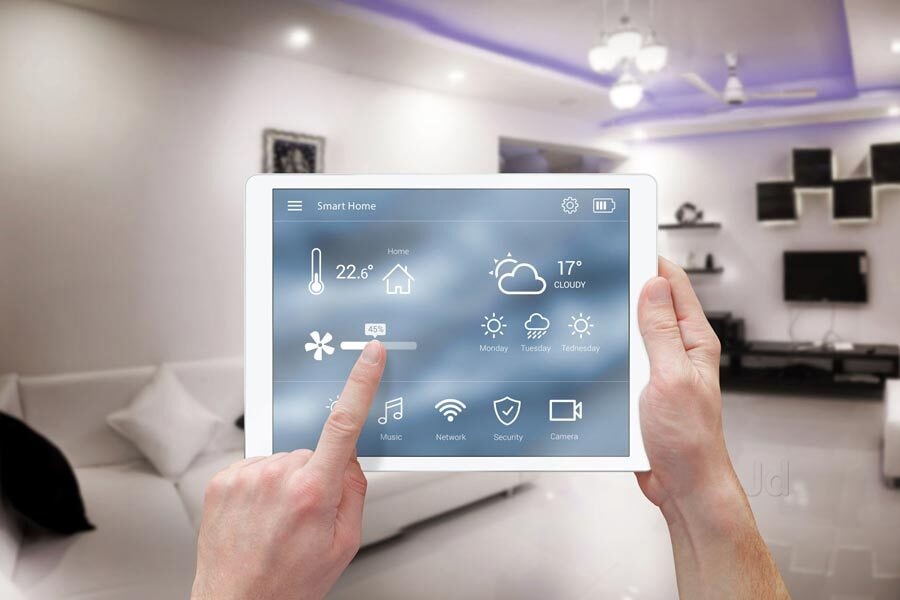In the world of digital photography, the AI face editor for portraits has emerged as a revolutionary tool, transforming the way professionals and amateurs alike handle photo editing. In the initial stages of photography, hours were dedicated to manually editing images. Now, with AI, much of the workload has been reduced, allowing photographers to focus more on creativity and quality.
The rapid advancement in AI face editors provides an opportunity for photographers to enhance their work without extensive training or expensive equipment. Lets explore how these tools are influencing the photography landscape, especially when it comes to editing portraits.

The Rise of AI in Photography
AI technology has taken over various technological domains, but its impact on photography is particularly significant. Today, AI is capable of mimicking complex editing styles which traditionally required professional expertise. This development aims to democratize photography, making professional-grade editing accessible to everyone.
How Does an AI Face Editor Work?
AI face editors are equipped with complex algorithms that analyze facial features and determine optimal adjustments for enhanced appeal. These adjustments can include smoothing skin textures, enhancing eye color, and even adjusting facial symmetry for natural-looking edits.
Facial Feature Detection
AI editors use advanced facial recognition technology to segment parts of the face, such as the eyes, nose, and mouth. This allows the software to isolate these areas for specific modifications without affecting the rest of the picture.
Automated Adjustments
Automations such as skin smoothing and blemish removal are now precise and unobtrusive, maintaining the natural look of the subject while enhancing their features. This capability is incredibly useful for photographers who handle high-volume projects.
Benefits of Using an AI Face Editor
The chief advantage of incorporating AI face editors is the significant reduction in editing time. The speed and efficiency of AI allow photographers to achieve professional-level edits quickly, which is crucial in fast-paced environments like fashion photography.
Accessibility and Ease of Use
Unlike traditional editing software, which often demands a steep learning curve, AI tools are intuitive and user-friendly. This ease of use enables photographers at all skill levels to edit images effectively.
Creative Freedom
By handling mundane editing tasks, AI tools afford photographers the freedom to focus on the creative aspects of their work. With the aid of AI, photographers can experiment with different styles more freely and efficiently.
Choosing the Right AI Face Editor
With the proliferation of AI facial editing tools, selecting the appropriate software can be daunting. Key factors to consider include functionality, user interface, and cost. Some popular options offer free basic versions, enabling you to try before making an investment.
Relevant Reviews and Tutorials
Engaging with online communities and resources can provide valuable insights into various software options. Comprehensive articles, like this beginner’s guide, are great for understanding how to get started with photo editing.
Impact on Professional Photography
There’s no doubt that AI is reshaping the landscape of professional photography. Photographers are using AI to refine their specialties, whether in editorial, commercial, or freelance work. This advancement has increased efficiency and output quality.
Industry Acceptance
The acceptance of AI in photography circles reflects a shift towards technology in creative fields. Many professionals are embracing these tools to meet high expectations in quality and productivity.
Learning AI tools through interactive sources ensures staying ahead in this evolving landscape.
Future Prospects of AI in Photography
The future of AI in photography is incredibly promising. As technology continues to advance, AI tools will become more sophisticated, offering even greater control and precision.
Integration with Augmented Reality
Prospective developments in AI might include the integration with augmented reality (AR), opening up even more creative opportunities for photographers and filmmakers alike.
Continuous Learning in AI
The self-learning capabilities of AI mean it will continually improve, adapting to emerging trends and needs in photographic styles and preferences.
FAQs
What is an AI face editor?
An AI face editor is a software tool that uses artificial intelligence to automatically enhance facial features in photos, enabling users to achieve professional-quality edits with ease.
Do AI face editors reduce creativity?
No, AI face editors aid creativity by taking over repetitive tasks, allowing photographers to focus on the artistic aspects of their work.
Can beginners use AI face editors?
Absolutely! AI face editors are designed to be user-friendly, enabling even novices to create stunning portraits effortlessly.

Conclusion
The integration of the AI face editor for portraits into the realm of photography marks a significant advancement. As these tools evolve, they will continue to offer both novices and professionals greater opportunities to push the boundaries of creativity. By alleviating the technical burden, photographers can pursue their creative vision, making photography an increasingly inviting field for all.






